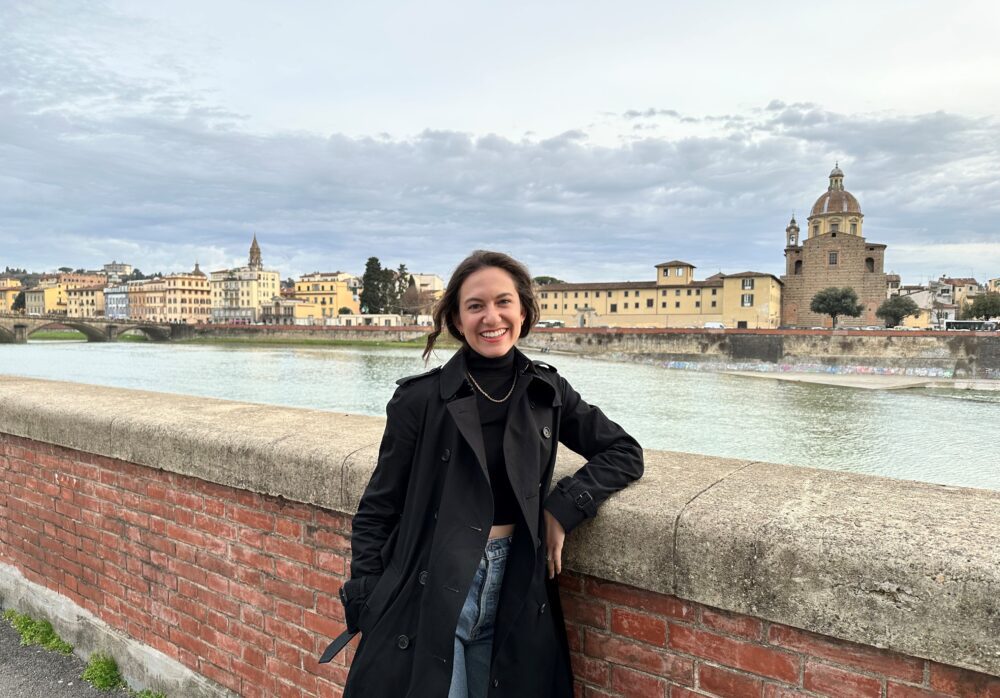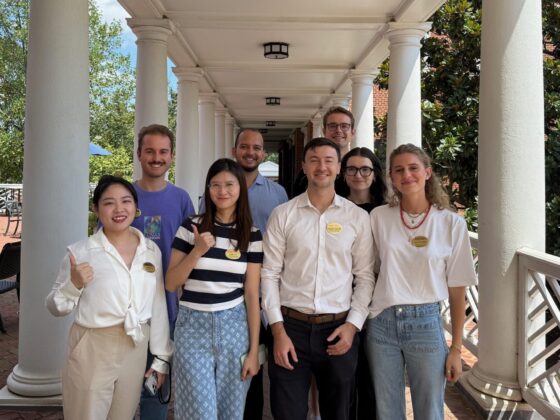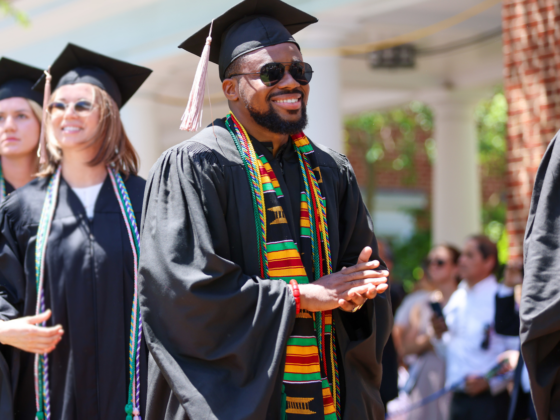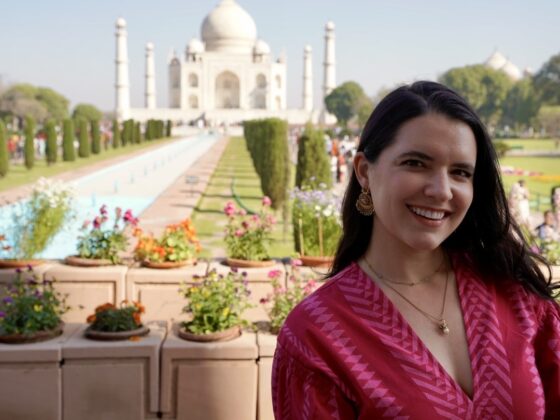Emily Kahn (Class of ’23) is a second-year Darden MBA and Masters of Education dual degree student focused on entrepreneurship and private equity. Last summer, Emily completed internships with Laser Thermal and Techne Partners (seed-stage start-ups in LabTech and EdTech) while working on her own venture, Chaku. After graduating, Emily will be joining Shore Capital Partners as a Chief of Staff at one of their portfolio companies. Emily recently completed a week-long Darden Worldwide Course focused on Luxury and Exports in Italy and offered some reflections on her experience.
1) Tell us a little about yourself? Why Italy for your second-year Darden Worldwide Course?
I’m originally from Minnesota, and I have long prided myself on my tolerance of the cold, which I have completely lost in my two years in Charlottesville. What a beautifully warm city.
I’ve followed a very non-linear path to Darden and career. After studying education policy as an undergraduate, I started with Boston Consulting Group. I worked primarily on financial strategy and private equity diligence projects, which inspired my interest in investing. I thought I’d make a return to my first passion by pursuing early-stage education technology investments after completing my MBA + Masters of Education dual degree. However, I accidentally stumbled into an idea for a company and ended up starting Chaku, an anime apparel brand for female fans. Growing that business, along with my experiences at two start-ups last summer, sent me to pursue ‘operating’ as a career path.
I chose Italy as my DWC because I felt the topic offered rare access to learn from companies with some of the strongest brand recognition in the world. In addition, most of my business experience has been with B2B companies. I thought hearing from brands with both wide reach and long lives, especially in the retail and apparel space, about building and maintaining an image would help me frame Chaku’s marketing decisions.
2) How did your Italian experiences expand your global perspective on luxury goods and exports?
I’ll admit that when I started business school, I did not view brand as a competitive advantage. As having value, certainly, but not as something that protected business from competitors. Our visits across Italy helped change my mind.
In industries where the products are highly replicable, even when the products are high quality, the brand stories entrench harder-to-replicate elements, like associations with a geographic area, in customer psychology. Italian history creates a strong association with art, architecture, and craftsmanship. Many of the companies we visited incorporated their location into their storytelling and visual branding as a way of leveraging this pre-existing connection consumers have with Italy for their own brands.
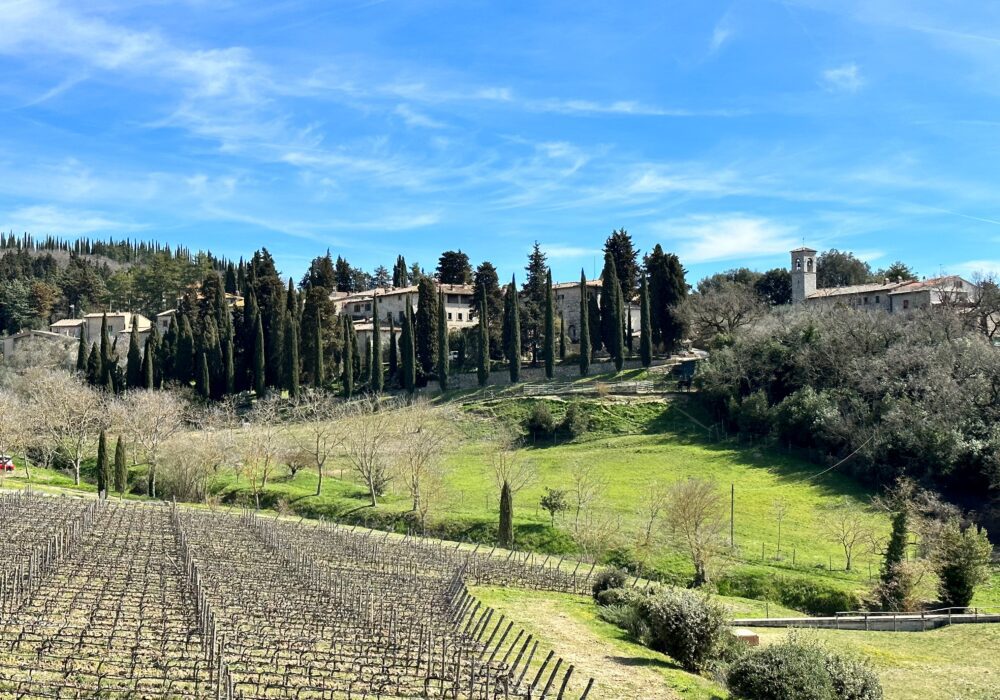
3) How does business in Italy differ from in America?
I was struck by the focus on craftsmanship vs. optimization, especially with regard to automation. So many of the business contexts I’ve encountered in the U.S. focus heavily on improving the speed, output, etc. This often includes removing humans from a production process, which can increase speed, decrease costs, and improve consistency.
I appreciated the commitment to maintaining the human element of creating that was present in Italy – and it was just as true in our pasta-making class, where we were taught to fold and slice individual noodles, as it was at Ducati, where they emphasized that they only incorporated automation for non-value-add activities (like moving parts around the factory floor). In these cases, product deviations on something handmade created uniqueness and increased the value rather than detracted from it.
4) How will you incorporate your learning experiences from this course into your future endeavors?
The trip made me much more thoughtful about how operational decisions, like purposefully avoiding automation, can enhance a brand and reinforce a story. I think that reminder to ask ‘how does this reflect who we are as a company’ will remain with me as I make decisions in the future. My learning experiences have already impacted Chaku, including inspiring a revision to the way we tell our story and the selection of our visual motifs.
5) What was the most memorable part of the Italy DWC?
The standout experience was visiting Acetaia Giusti, Italy’s oldest balsamic vinegar maker. Although Giusti has been officially making balsamic vinegar since 1605, Italy began to meaningfully export balsamic vinegar in the 1990s, making the Giusti company relatively young. They provided one of the best examples of how a company could operationalize their competitive advantage (here, their history of excellence and years of knowledge) into a brand story. The bottle labels incorporate the image of the 1605 registration, and the five main recipes are named for each gold medal won during the French World Fairs.
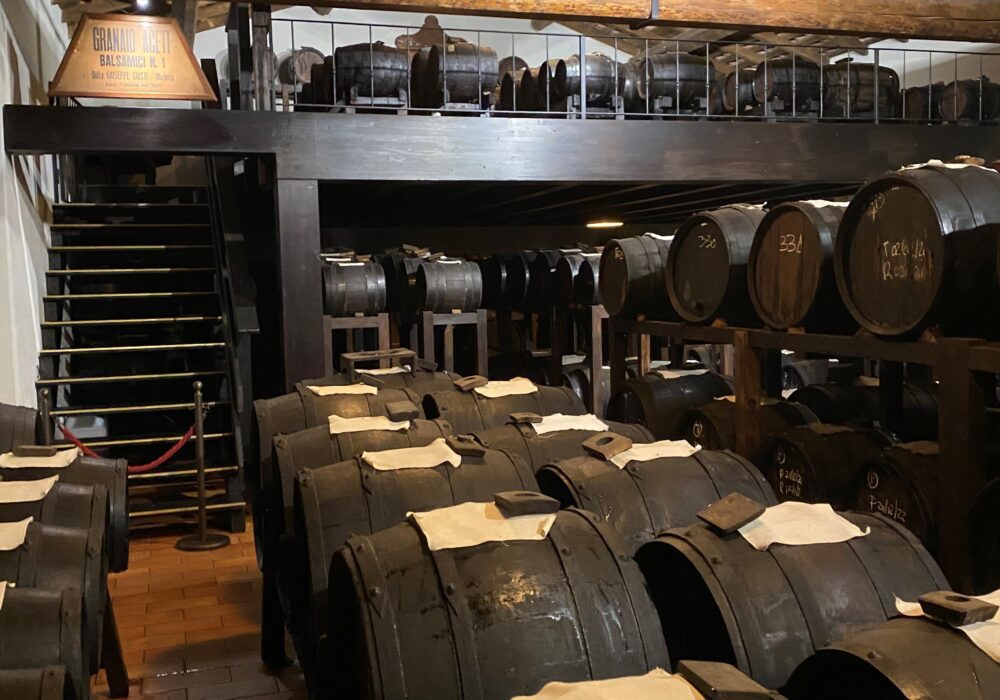
While I learned a lot from the historical tour and explanation of the production process, the highlight was chatting with the CEO, Claudio, who was seated across from me at lunch. Over a five-course meal that demonstrated unique ways to use balsamic vinegar, he answered questions and gave tactical advice about managing people, narrating a brand story, and teaching customers. Like me, Claudio also started his career in consulting. It was encouraging for me to see someone with my strategy-oriented career background make a really successful pivot into entrepreneurship (and helpful to get so much functional advice).

